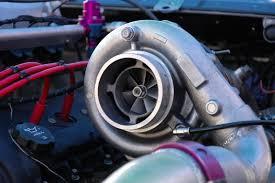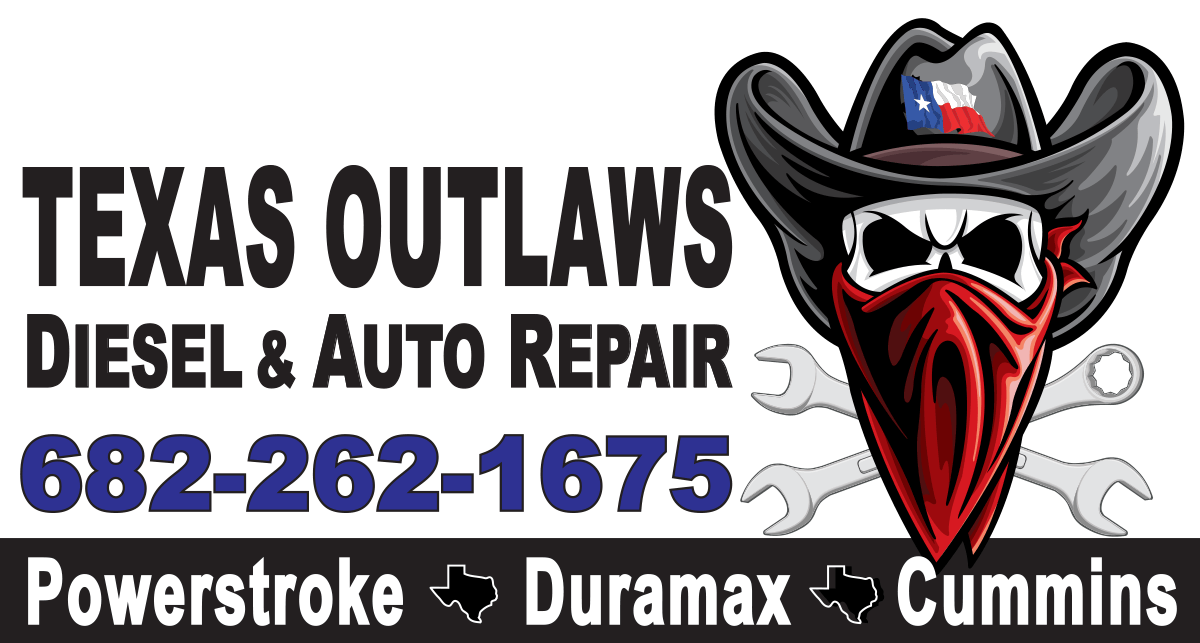
Most vehicles use “naturally aspirated” induction systems, which means the air they mix with fuel that enters the engine is at the existing barometric pressure. Some engine manufacturers will improve the efficiency and power production of an engine by installing what is called “forced induction”. This forced induction system can be a turbocharger, or a supercharger (or both on newer Volvos!).
Larger-than-life snail
A turbocharger is installed near one or both of the engine’s exhaust manifolds, and consists of two turbine wheels in a cylindrical chamber. Most look like a larger-than-life snail, hence the slang term of “snail shell” when hot rodders get together. The exhaust gases pass from the manifold, spinning the turbine wheel which then turns a pressure wheel, forcing inducted air into the engine intake system. On some installations, an air condenser, or “intercooler” is installed inline to make the pressurized airstream even more dense when entering the combustion chamber. This creates the most efficient condition for producing power and utilizing all the fuel for that compression and firing cycle.
The turbine wheels spin at incredibly high speeds; literally thousands of revolutions per minute.
RPM
Some are known to turn as fast as 50,000 rpm or even higher! This means that proper lubrication is essential to keeping your turbo operating properly. And due to the close proximity of the exhaust manifold, and the hot gases entering the turbine chamber, heat can be very destructive over the cycle of a lifetime of running and cooling.
Turbo failure can take a variety of directions, and the many years of professional experience we have with turbos can be paramount in not only finding the issue that caused your turbo to fail, but also in correcting the upstream issues as well. A “sick” turbo-equipped engine will not run well without being in top operating condition, so at the first sign of a turbocharger problem, know that we’re here to help and get you back on the road safely and quickly!
